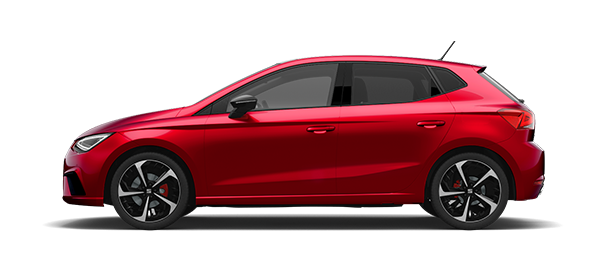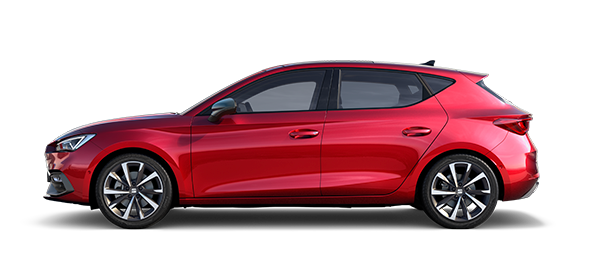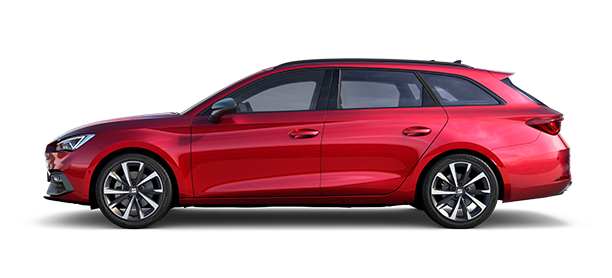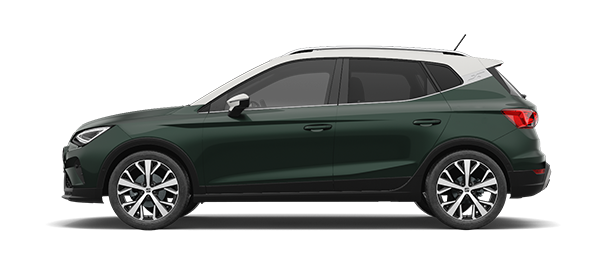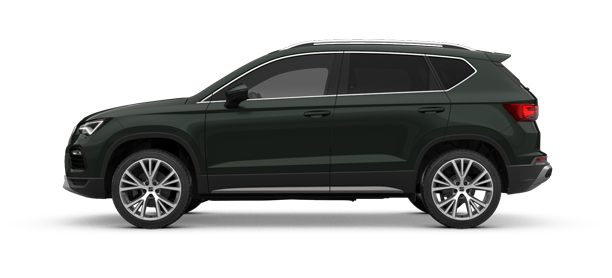Xenon Light
The currently common technique of controlling light intensity and light behaviour is largely exhausted with halogen lamps. Significant improvements can now be achieved with the so-called "xenon light". Xenon headlights relieve the driver when driving at night, since its illumination is similar to daylight spectrum and provides high safety. They are characterised by a long reach and a perfect side illumination. Further advantages are the low energy consumption and long life of the lamps over the entire life of the car.
The light source is a so-called "gas discharge lamp":
An ionised gas tube results in the xenon-gas atmosphere inside the lamp bulbs, by a flashover between two electrodes, through which electric current flows. This causes the gaseous mixture to glow in the form of an electric arc. A sophisticated electronics system is needed to operate these bulbs in order to generate the high ignition voltage of between 18,000 and 30,000 volts. This guarantees constant operation at an output of just 35 watts or automatic re-ignition.
SEAT offers Xenon headlights as an option for many of its models at present.
